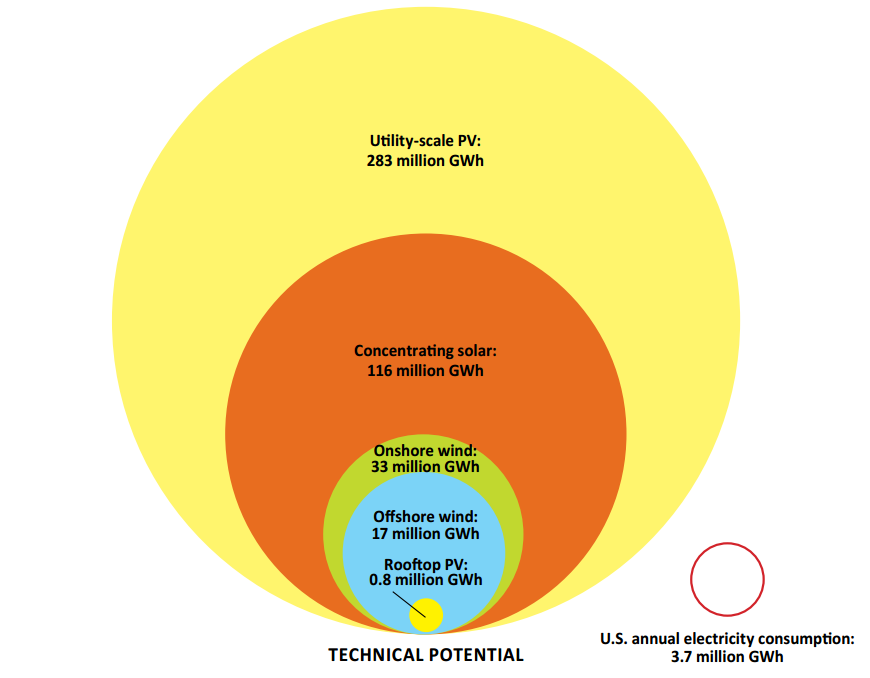How much of US energy is sustainable?

Energy sustainability has become an increasingly important topic in recent years. As the world continues to grapple with the effects of climate change and the finite nature of fossil fuels, the demand for sustainable energy sources has grown. In the United States, understanding the current proportions of sustainable energy and the factors influencing its growth is crucial in planning for a more sustainable future.
- Overview of US Energy Sources
- Understanding Sustainable Energy
- Current Sustainable Energy Proportions in the US
- Factors Influencing Sustainable Energy Growth
- Challenges to Achieving Greater Energy Sustainability
- Initiatives and Policies Supporting Sustainable Energy
- Case Studies: Successful Sustainable Energy Projects
- Benefits of Increasing Sustainable Energy Proportions
- Conclusion
- Frequently Asked Questions
Overview of US Energy Sources
The United States relies on a diverse range of energy sources to meet its needs. These sources include fossil fuels such as oil, coal, and natural gas, as well as renewable energy sources like solar, wind, hydro, and geothermal power. Each source has its own benefits and drawbacks in terms of availability, cost, and environmental impact.
Understanding Sustainable Energy
Sustainable energy refers to energy sources that can be replenished or are naturally occurring and have minimal negative impact on the environment. These sources include renewable energy sources like solar, wind, hydro, and geothermal power. Sustainable energy aims to reduce greenhouse gas emissions and dependency on fossil fuels.
Current Sustainable Energy Proportions in the US
Currently, sustainable energy sources account for a significant portion of the US energy mix. According to the U.S. Energy Information Administration, in 2020, renewable energy sources accounted for approximately 20% of total energy consumption in the United States. This includes contributions from wind, solar, hydro, and biomass energy.
Factors Influencing Sustainable Energy Growth
Several factors contribute to the growth of sustainable energy in the United States. These include advancements in technology, decreasing costs of renewable energy generation, and increasing public awareness and support for sustainable practices. Additionally, government policies and incentives play a crucial role in promoting the adoption of sustainable energy sources.
Challenges to Achieving Greater Energy Sustainability
Despite the progress made in increasing sustainable energy proportions, there are several challenges that hinder further growth. One major challenge is the intermittent nature of renewable energy sources, which requires effective energy storage and grid integration solutions. Inadequate infrastructure and transmission networks can also limit the expansion of sustainable energy.
Initiatives and Policies Supporting Sustainable Energy
The United States has implemented various initiatives and policies to support the development and adoption of sustainable energy sources. These include tax credits, grants, and loan programs for renewable energy projects. Federal and state governments have also set renewable energy targets and implemented regulations to reduce greenhouse gas emissions.
Case Studies: Successful Sustainable Energy Projects
Several successful sustainable energy projects serve as examples of the potential of renewable energy in the United States. One such project is the Ivanpah Solar Power Facility in California, which is one of the largest solar thermal power plants in the world. Another example is the Block Island Wind Farm off the coast of Rhode Island, the first offshore wind farm in the United States.
Benefits of Increasing Sustainable Energy Proportions
Increasing the proportions of sustainable energy sources in the United States offers numerous benefits. Firstly, it reduces greenhouse gas emissions and helps mitigate climate change. It also promotes energy independence by reducing reliance on imported fossil fuels. Additionally, the growth of sustainable energy creates job opportunities and stimulates economic development in the renewable energy industry.
Conclusion
The United States has made significant progress in increasing the proportions of sustainable energy sources in its energy mix. However, there are still challenges to overcome, including the intermittent nature of renewable energy and the need for improved infrastructure. By continuing to invest in sustainable energy and implementing supportive policies, the United States can move closer to achieving a more sustainable and resilient energy system.
Frequently Asked Questions
1. What is considered sustainable energy?
Sustainable energy refers to energy sources that can be replenished or are naturally occurring and have minimal negative impact on the environment. These include renewable energy sources like solar, wind, hydro, and geothermal power.
2. How much of US energy currently comes from sustainable sources?
As of 2020, approximately 20% of the total energy consumption in the United States comes from renewable energy sources.
3. What are the main barriers to increasing sustainable energy proportions?
Main barriers include the intermittent nature of renewable energy sources, inadequate infrastructure, and transmission networks.
4. What are some successful initiatives in promoting sustainable energy in the US?
Successful initiatives include tax credits, grants, and loan programs for renewable energy projects, as well as the implementation of renewable energy targets and regulations to reduce greenhouse gas emissions.

Leave a Reply